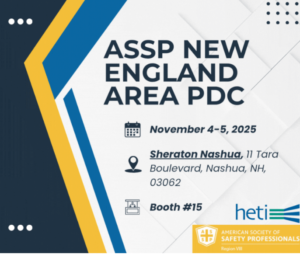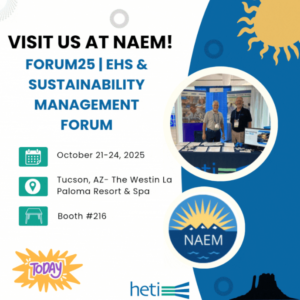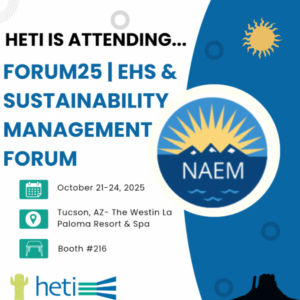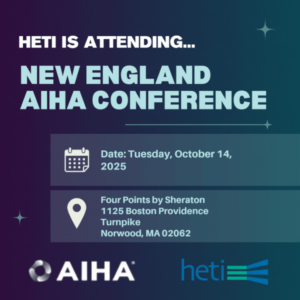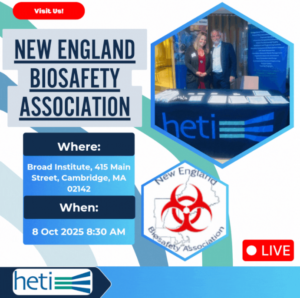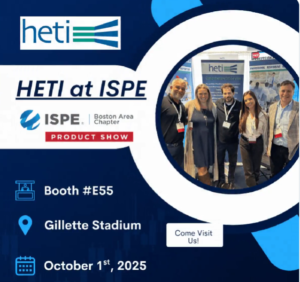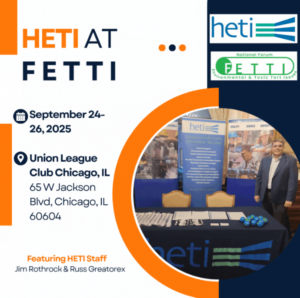HETI is exhibiting at ASSP New England Area PDC, Nov 4–5, 2025, at the Sheraton Nashua, 11 Tara Blvd, Nashua, NH 03062. Visit and meet our professional staff at Booth #15 to discuss industrial hygiene, PFAS investigation, risk assessment, site remediation, and scalable EHS programs that reduce risk and ensure compliance. See you there!
Images
NAEM Forum 2025
Image
We’re live now at NAEM Forum25!
HETI is exhibiting today and tomorrow at the NAEM EHS & Sustainability Management Forum — stop by booth #216 to meet our team!
Learn how HETI helps organizations achieve their environmental, health, and safety goals through solutions in risk characterization, industrial hygiene, PFAS investigation, and site remediation.
NAEM 2025
Image
HETI is excited to be exhibiting at NAEM Forum25: EHS & Sustainability Management Forum, October 21–24 at The Westin La Paloma Resort & Spa, 3800 E Sunrise Dr, Tucson, Arizona 85718!
Stop by booth #216 to learn how our experts can help your organization achieve its environmental, health, and safety goals through comprehensive solutions in risk characterization, industrial hygiene, PFAS investigation, and site remediation.
New England AIHA 2025
Image
HETI is live today at the New England AIHA All-Day Conference!
Join us TODAY, October 14th, at the Four Points by Sheraton in Norwood, MA.
Stop by our booth in the Tiffany Ballroom to connect with the HETI team and learn how we help clients across industries stay ahead in environmental health & safety, industrial hygiene, and risk management.
New England AIHA 2025
Image
HETI will be exhibiting at the New England AIHA Conference this Wednesday, October 14th, at the Four Points by Sheraton in Norwood, MA!
Stop by our booth to network with our team and learn how we help organizations stay compliant, safe, and sustainable through expert environmental health and safety solutions.
We look forward to connecting with you!
NEBSA 2025
Image
HETI is live right now at the New England Biosafety Association Conference! Stop by our booth to connect with our team and discover how we can help strengthen your biosafety and EHS programs
Ronald McDonald House Gala 2025
Image
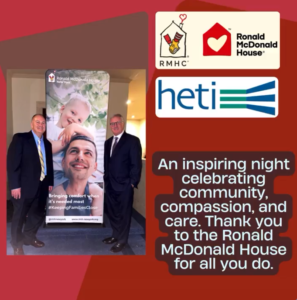
HETI was honored to attend the Ronald McDonald House Gala at Cipriani Wall Street last evening. The work this wonderful group does, providing support, comfort and hope to families of ill children is truly inspiring. A huge thank you to all the honorees for all you do.
ISPE Product Show 2025
Image
HETI is excited to be exhibiting at the ISPE Product Show this Wednesday, October 1st, at Gillette Stadium (1 Patriot Pl, Foxborough, MA)! Swing by Booth E55 to meet the HETI team – We’re always eager to connect with new partners, share insights, and discuss ways we can support one another in the industry. See you there!
FETTI 2025
Image
Day 1 at FETTI was a success. We’re at the Union League Club (65 W. Jackson Blvd, Chicago) today and tomorrow—stop by to say hi to the HETI team and talk environmental claims, risk management, and underwriting solutions. Let’s connect!

